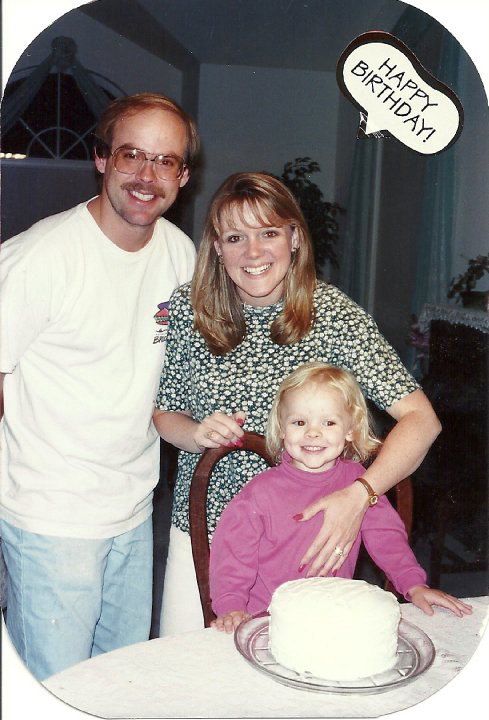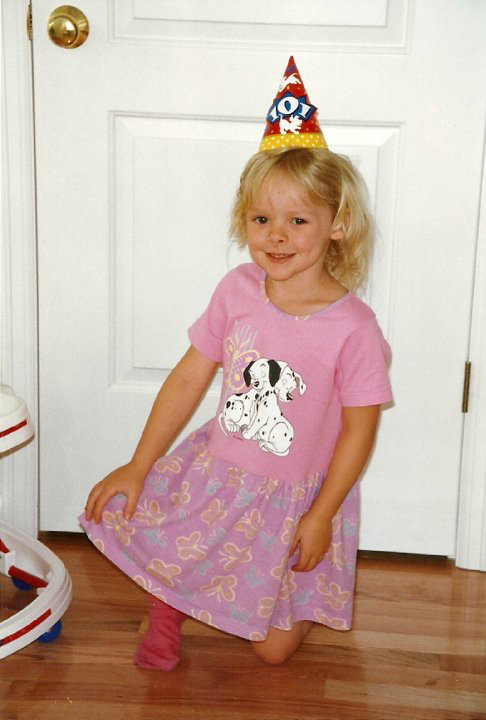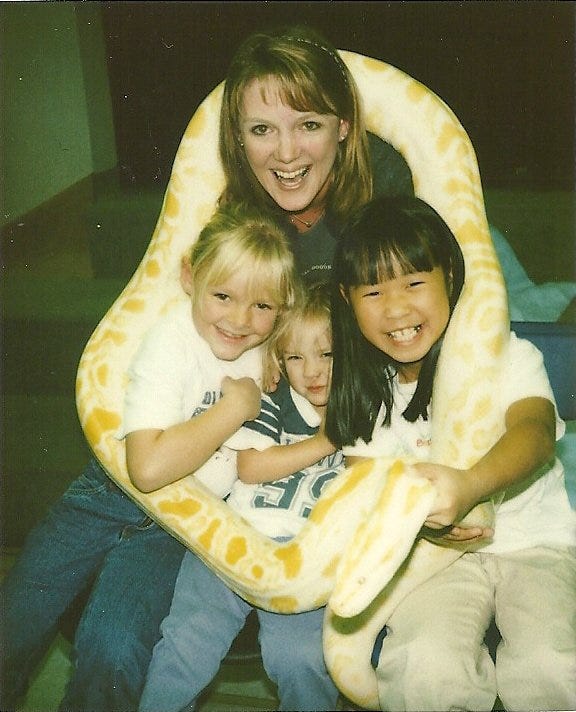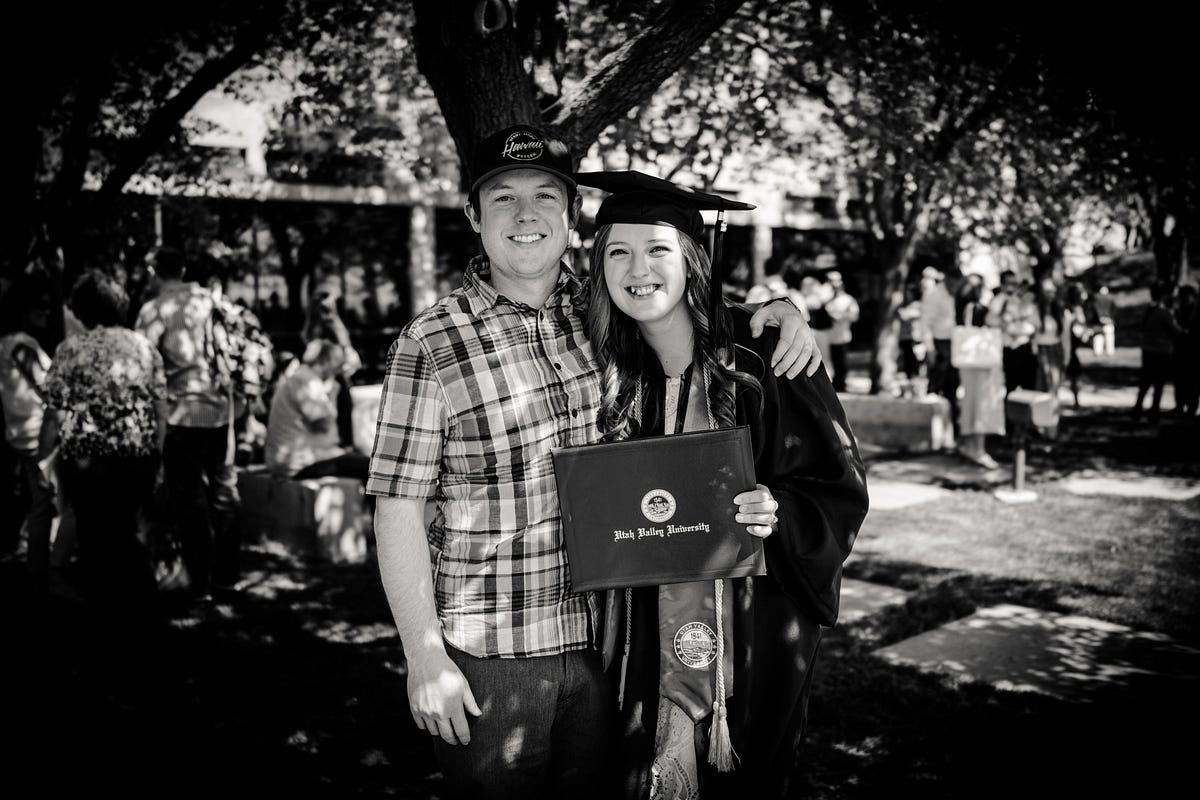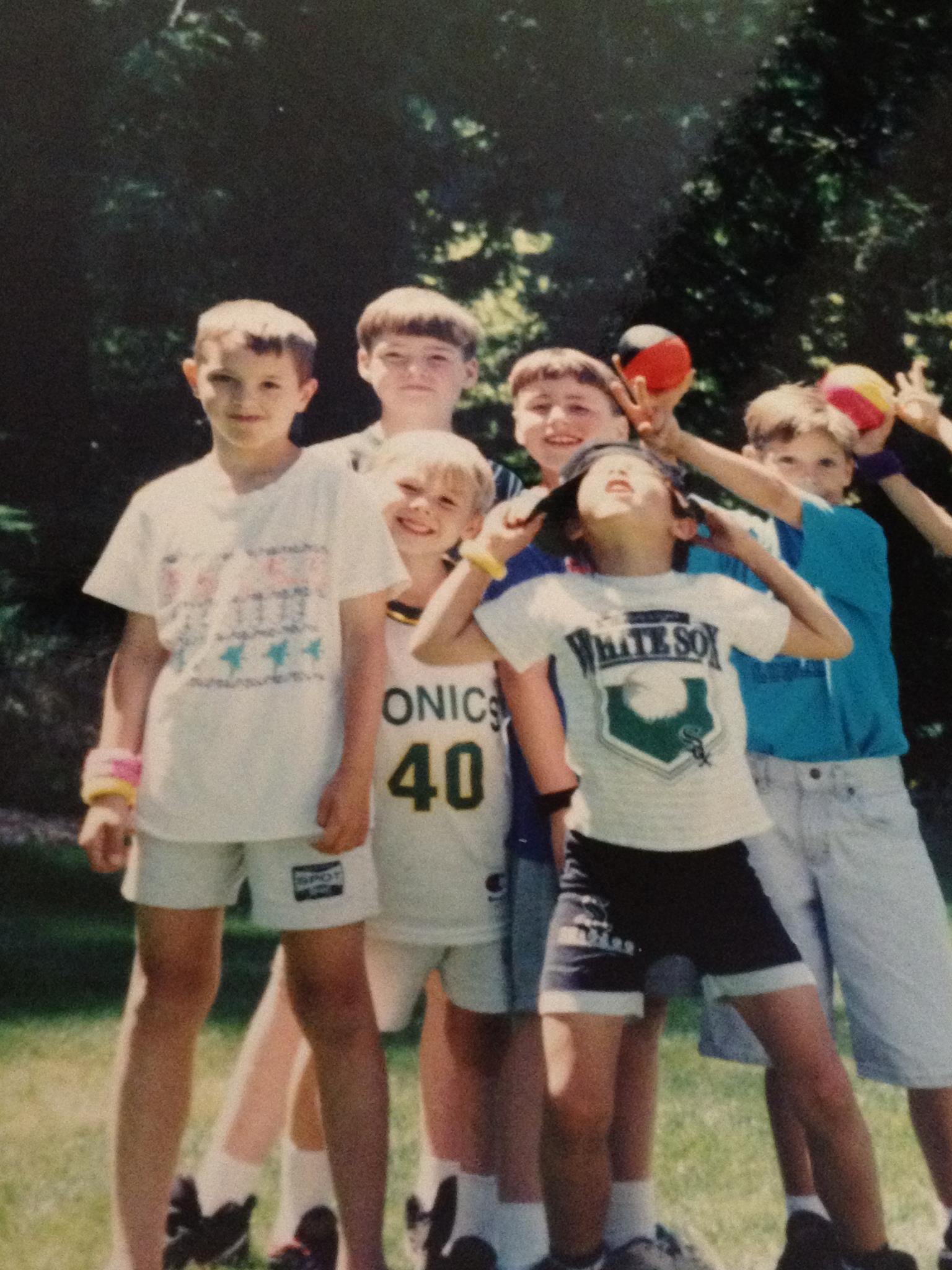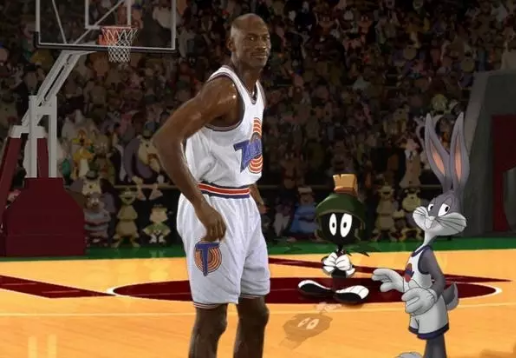Things I’m learning about having something stuck in your teeth (Day # 12,187)
Last night, I went for a short walk to Harvard Square from the HBS campus and treated myself to dinner at Felipe's, one of my favorite Mexican restaurants in Boston. I ordered a salad with chicken, pico de gallo and extra cilantro. I was sitting alone but the small restaurant was so busy that its patrons were packed in like sardines. I wound up in conversation with a few people sitting at the table next to me. We talked, shared stories, and laughed. On my way out, I smiled at my new friends at the table beside me, at the people preparing food behind the counter, and at many others on the street on my walk home. When I got back to my room on campus, I soon realized that my innocent request for some extra cilantro had unintended consequences.. a quick glance in the mirror highlighted the green garnish that had made its home right in the middle of my two front teeth! Thankfully, I'm pretty good at laughing at myself so the feeling of embarrassment passed relatively quickly, but soon turned to wonder. "Why didn't anyone tell me?”
After I got home from dinner (and flossed my teeth well enough to make any dentist proud), I spent some time with a couple friends in our living group lounge. In this intimate setting, someone who has become a very close friend shared a comment, saying that it seemed I had lost some of the "spark" that he had come to expect from me. The first comment broke the ice, making it easier for the several others who spoke up to agree.
"Is everything ok?"
"Has something changed? You seem different."
Admittedly, it's been a challenging year. In fact, it's been the hardest year of my entire life. When I first met this group of extraordinary humans a year ago, we had come to HBS from all over the world to participate in an education program designed specifically for entrepreneurs like us. I entered the program as the owner of an 8-figure business I had started over 10 years earlier when I was 18 years old; one year later, the unexpected death of my business partner had triggered a bizarre series of events that had consumed my attention and energy completely. The outcome that followed these expensive lessons resulted in my life looking much different from what I had expected. I realized that I had allowed much of my personal identity to be defined by the business, and when that went away this year, I wound up in a pretty vulnerable position.
My relationships with these friends were built on trust, so I knew their comments were coming from a place of care and concern for my well being. That doesn't change the fact that feedback is often difficult to receive. My heart hurt hearing from friends that I had let them down this year by not bringing my full and best self to class and conversation every day.
While receiving feedback can be a little painful, I can't help but think about how silly I must've looked walking around Harvard Square, talking and smiling, completely oblivious to the cilantro in between my front teeth. I admit, be it a friend or a complete stranger, it's a little uncomfortable telling someone "hey, you've got something stuck in your teeth." But in my case, I would've much preferred a quick moment of discomfort to save a whole evening with an extracurricular smile.
As leaders, it can be uncomfortable to give critical feedback to our team members, our partners, or our friends. It may be equally difficult for those on the receiving end. But whether we have something in our teeth or there's some measure of our performance that can be improved - wouldn't you rather know, so you can fix it?
To add complexity, being in a leadership position often leaves us in an extremely vulnerable position. We are responsible for the management and development of our teams, but who is managing and developing us? Are we committed enough to seek out difficult conversations with people to ask for their critical feedback? Who are the people in our lives that we can trust to help us see our blind spots and to highlight the areas requiring our attention so we can continue to grow?
In my experience, giving and seeking feedback is a skill that can be learned with practice. It's natural for us to put off difficult conversations with our people until the problem becomes so large that we can no longer ignore it. I've learned that it's far easier not to wait until that point and instead create a feedback model with increased frequency. It's easier to change course with consistent, incremental corrections.
I've been working on trying to shift my perspective. It's still difficult, but I'm working on viewing my circumstances through a lens of opportunity - I have a chance to reinvent myself, to think hard and design the next chapter of my life with a clean slate. I know that I'm not alone in experiencing setbacks and hard lessons, and I've come to appreciate them as an essential part of my story and an opportunity for growth. Being at a crossroads in this transitional period, I couldn't be more grateful for the network of friends and mentors in my life that aren't afraid to offer me the critical feedback I need to get better and improve myself little by little, every day.
Adapted from an email sent to classmates on Nov 13, 2019.
